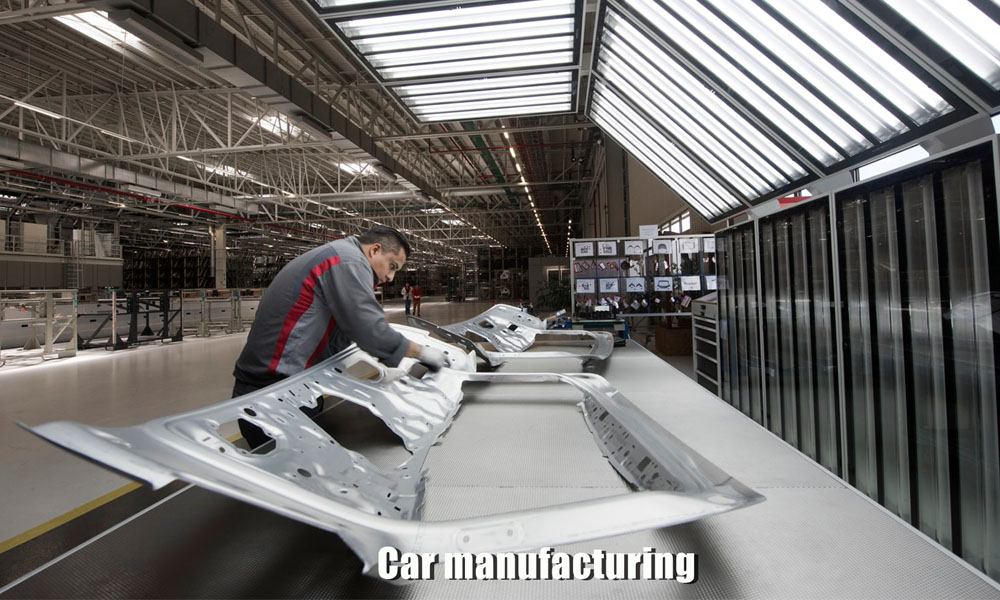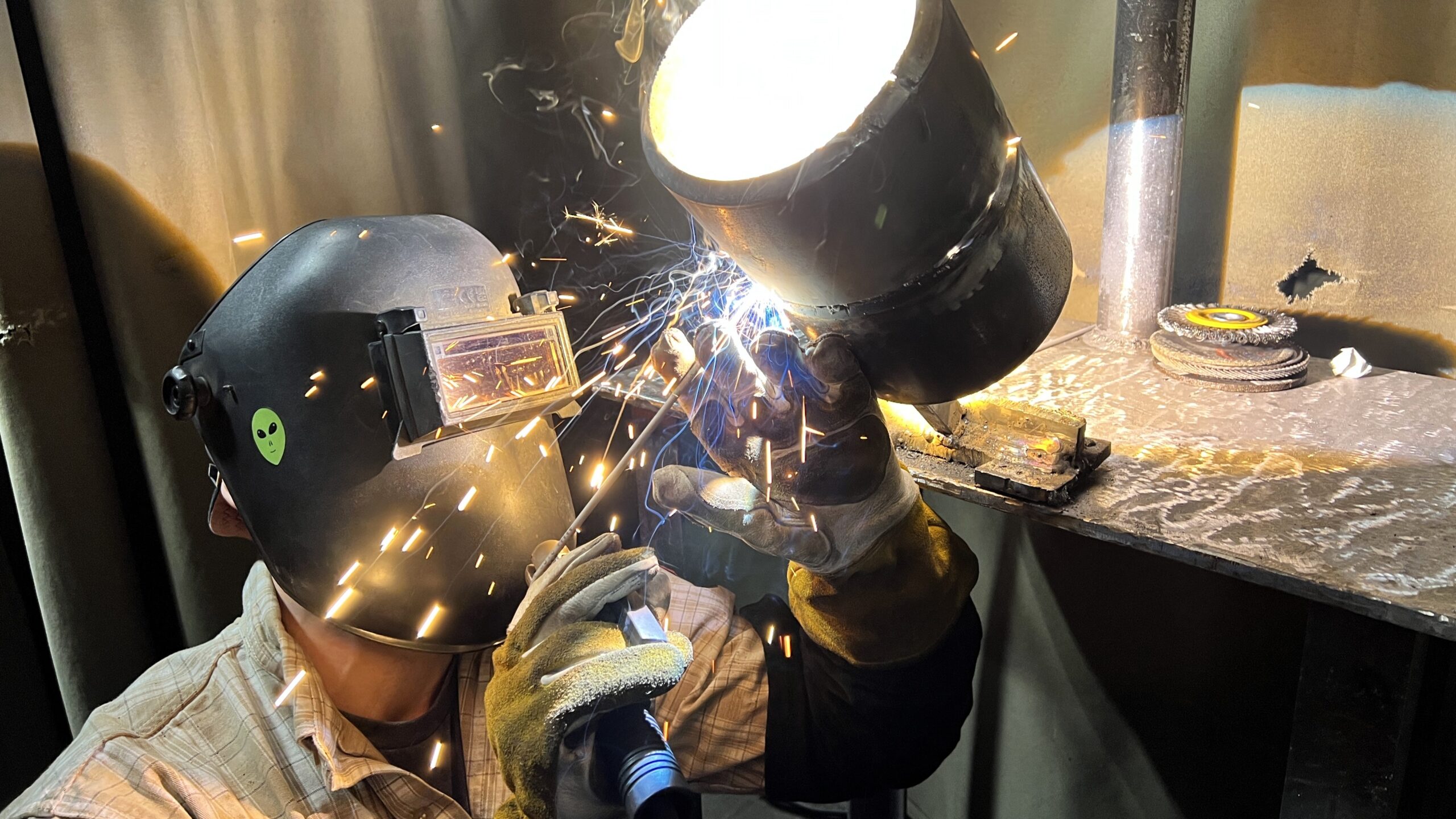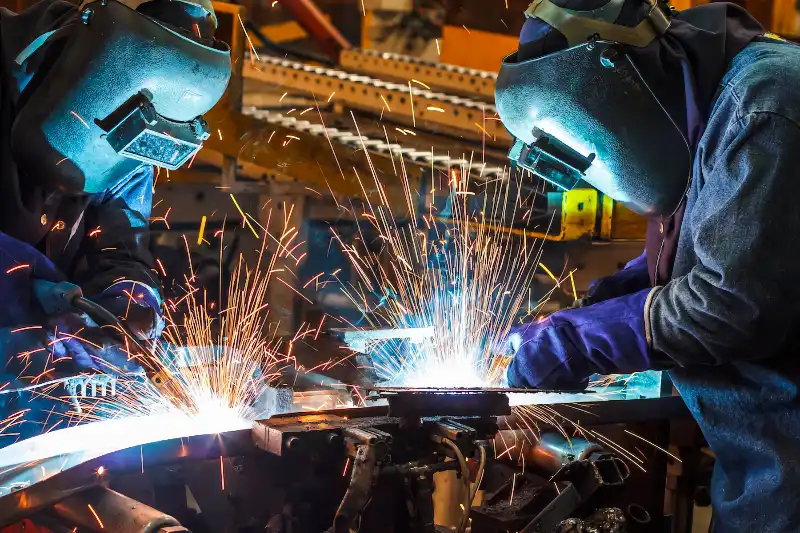Essential steps to eliminate porosity in welds with Belgrade Welding
Wiki Article
Typical Welding Repair Service Issues and Exactly How to Address Them Properly
Welding repair services often come across an array of issues that can endanger the stability of the end product. Typical issues consist of insufficient penetration, porosity, and misalignment, amongst others. Each problem provides unique obstacles that need details approaches for resolution. Understanding these concerns is necessary for welders intending to enhance their results and abilities. This conversation will check out these typical welding repair service concerns and reliable techniques to address them.Inadequate Infiltration
Insufficient infiltration happens when the weld metal stops working to completely fuse with the base product, causing weak joints and prospective structural failures. This problem often comes from not enough warmth input, inaccurate electrode angle, or improper welding speed. Welders may come across inadequate infiltration due to a mistake of the needed specifications for a certain product thickness or kind. Furthermore, contamination on the base product's surface area can prevent effective bonding, aggravating the trouble. To attend to poor infiltration, welders should guarantee suitable settings on their equipment and preserve a clean work surface area. Normal inspection of welds is suggested to recognize any kind of deficiencies early, permitting for timely corrections and the avoidance of compromised architectural honesty in welded assemblies.Porosity
Porosity is a common issue in bonded joints that materializes as tiny gas bubbles caught within the weld metal. This flaw can endanger the stability of the weld, causing reduced stamina and potential failing under tension. Montana Mobile Welding and Repair Fabrication. Porosity usually arises from contamination, moisture, or incorrect welding methods, which allow gases to leave right into the liquified weld pool. To deal with porosity, welders should guarantee correct surface prep work, maintain a clean workplace, and use suitable welding criteria. Additionally, choosing the appropriate filler product and shielding gas can minimize gas entrapment. Routine inspection and testing of welds can assist determine porosity early, ensuring prompt restorative actions are taken, therefore maintaining the top quality and integrity of the welded structureMisalignment
Misalignment in welding can occur from different aspects, consisting of improper arrangement and thermal development. Comprehending the source is essential for efficient resolution. Several modification methods are available to realign components and ensure structural stability.Reasons for Imbalance
Welding imbalance typically originates from a selection of underlying problems that can jeopardize structural integrity. One main cause is incorrect fit-up of components before welding, which can lead to gaps and unequal surface areas. Variants in thermal expansion during the welding process can also lead to distortion, specifically if the products being joined have various coefficients of growth. Additionally, poor clamping and fixturing may stop working to hold elements firmly in area, leading to motion during welding. Badly conserved equipment, including welding equipments and tools, may introduce incongruities in the weld grain, additional adding to misalignment. Driver mistake, stemming from insufficient training or experience, can also play a significant role in creating misaligned welds.
Improvement Strategies Available
Dealing with misalignment properly calls for a mix of rehabilitative methods tailored to the certain concerns handy. One usual technique is the use of jigs or fixtures to hold components in the appropriate position throughout welding, ensuring regular positioning. Additionally, preheating the materials can help in reducing distortion and boost fit-up. For considerable imbalance, mechanical realignment techniques, such as using hydraulic jacks or clamps, can be used to remedy the position before welding. Post-weld warm treatment might likewise be essential to soothe stresses triggered by misalignment. Mindful inspection and adjustment throughout the setup phase can avoid imbalance problems from ending up being considerable issues, promoting a smoother welding procedure and improving total architectural integrity.Distortion
Distortion is a typical difficulty in welding that can arise from different variables, including uneven heating & cooling. Understanding the reasons for distortion is vital for applying reliable prevention techniques. Addressing this problem not only boosts architectural stability yet also improves the overall quality of the weld.Reasons for Distortion
When subjected to the extreme heat of welding, products usually undertake adjustments that can cause distortion. This sensation primarily develops from thermal growth and tightening during the welding procedure. As the weld area heats up, the material expands; upon air conditioning, it acquires, which can create internal stresses. Additionally, irregular home heating across a workpiece can aggravate these tensions, resulting in bending or flexing. The sort of material likewise plays a significant duty; steels with varying thermal conductivity and coefficients of expansion may respond in a different way, leading to unpredictable distortions. Inadequate joint style and insufficient fixturing can add to imbalance throughout welding, increasing the chance of distortion. Understanding these reasons is essential for efficient welding fixing and prevention approaches.Prevention Techniques
Reliable prevention methods for distortion during welding concentrate on managing warmth input and ensuring correct joint design. Maintaining a constant warmth input helps to minimize thermal development and contraction, which can lead to distortion. Utilizing methods such as preheating the work surface can likewise minimize the temperature level gradient, promoting uniform heating. Furthermore, choosing proper joint designs, such as T-joints or lap joints, can boost mig welding set security and reduce tension concentrations. Executing appropriate fixturing to secure the work surfaces in position better help in maintaining placement throughout the welding process. Lastly, staggered welding sequences can disperse warm extra uniformly, stopping localized distortion. By applying these approaches, welders can substantially lower the possibility of distortion and boost the total quality of their welds.Splitting
Fracturing is a common concern encountered in welding repair work, frequently resulting from various aspects such as improper cooling rates, product selection, or poor joint preparation. The event of fractures can considerably compromise the honesty of the weld, leading to possible failures during procedure. To resolve this problem, welders have to initially examine the source, making certain that products work and properly selected for the particular application. Furthermore, controlling the cooling rate during the welding procedure is crucial; rapid air conditioning can induce tension and cause splitting. Correct joint layout and preparation likewise add to lessening the threat. Executing these methods can improve weld high quality and toughness, eventually reducing the likelihood of splitting in finished weldments.
Incomplete Blend
A significant problem in welding fixings is incomplete fusion, which happens when the weld metal does not effectively bond with the base product or previous weld passes - Montana Mobile Welding and Repair Belgrade. This flaw can cause weaknesses in the joint, possibly compromising the honesty of the bonded framework. Variables adding to insufficient blend consist of inadequate warm input, inappropriate welding technique, and contamination of the surfaces being joined. To resolve this problem effectively, welders ought to assure proper pre-weld cleansing and surface area prep work, along with readjust their welding specifications to accomplish sufficient penetration and combination. Routine examination during the welding process can also help recognize incomplete fusion early, permitting prompt corrective steps to improve the overall top quality of the weldOverheating
While welding repair work can improve architectural integrity, overheating offers a significant challenge that can result in product deterioration. Excessive warm throughout welding can alter the mechanical residential or commercial properties of steels, causing minimized stamina, increased brittleness, and warping. This sensation is specifically important in high-stress applications where architectural reliability is extremely important. Identifying getting too hot can include aesthetic examinations for staining or distortion, along with Related Site monitoring temperature throughout the welding procedure. To reduce the risks related to overheating, welders ought to utilize proper methods, such as controlling heat input, changing travel speed, and utilizing appropriate filler products. Furthermore, applying pre- and post-weld heat treatments can help restore product buildings and improve the total quality of the fixing, ensuring long-lasting performance and safety.Regularly Asked Concerns
What Are the Typical Indicators of a Welding Defect?

Just How Can I Check My Welds for Quality?
To check welds for top quality, one can utilize visual inspections, ultrasonic testing, and radiographic methods. Each method guarantees architectural integrity, identifies flaws, and verifies adherence to specified standards, ultimately improving the integrity of try this web-site the bonded joints.What Safety Safety Measures Should I Take While Welding?
When welding, one should prioritize security by wearing suitable personal safety devices, making sure proper ventilation, safeguarding combustible materials away, preserving a tidy work space, and recognizing environments to avoid accidents and injuries.Can I Fix a Weld Without Redoing the Entire Joint?
Fixing a weld without renovating the whole joint is feasible, relying on the damage (Montana Mobile Welding and Repair Fabrication). Methods such as grinding, including filler material, or using a welding process can effectively attend to particular defects while maintaining the bordering frameworkWhat Tools Are Important for Effective Welding Repairs?
Crucial tools for effective welding fixings include a welding equipment, cord brush, grinder, protective equipment, clamps, and filler materials. Each device plays an essential function in guaranteeing top quality and safety and security during the repair service procedure. Porosity normally develops from contamination, dampness, or incorrect welding strategies, which allow gases to run away into the molten weld swimming pool. Improperly maintained equipment, including welding makers and tools, might introduce incongruities in the weld grain, more contributing to imbalance. When subjected to the extreme heat of welding, materials often undergo adjustments that can lead to distortion. Breaking is an usual concern come across in welding repairs, often resulting from numerous variables such as improper air conditioning prices, product option, or insufficient joint prep work. A substantial issue in welding fixings is insufficient combination, which occurs when the weld metal does not appropriately bond with the base product or previous weld passes.Report this wiki page